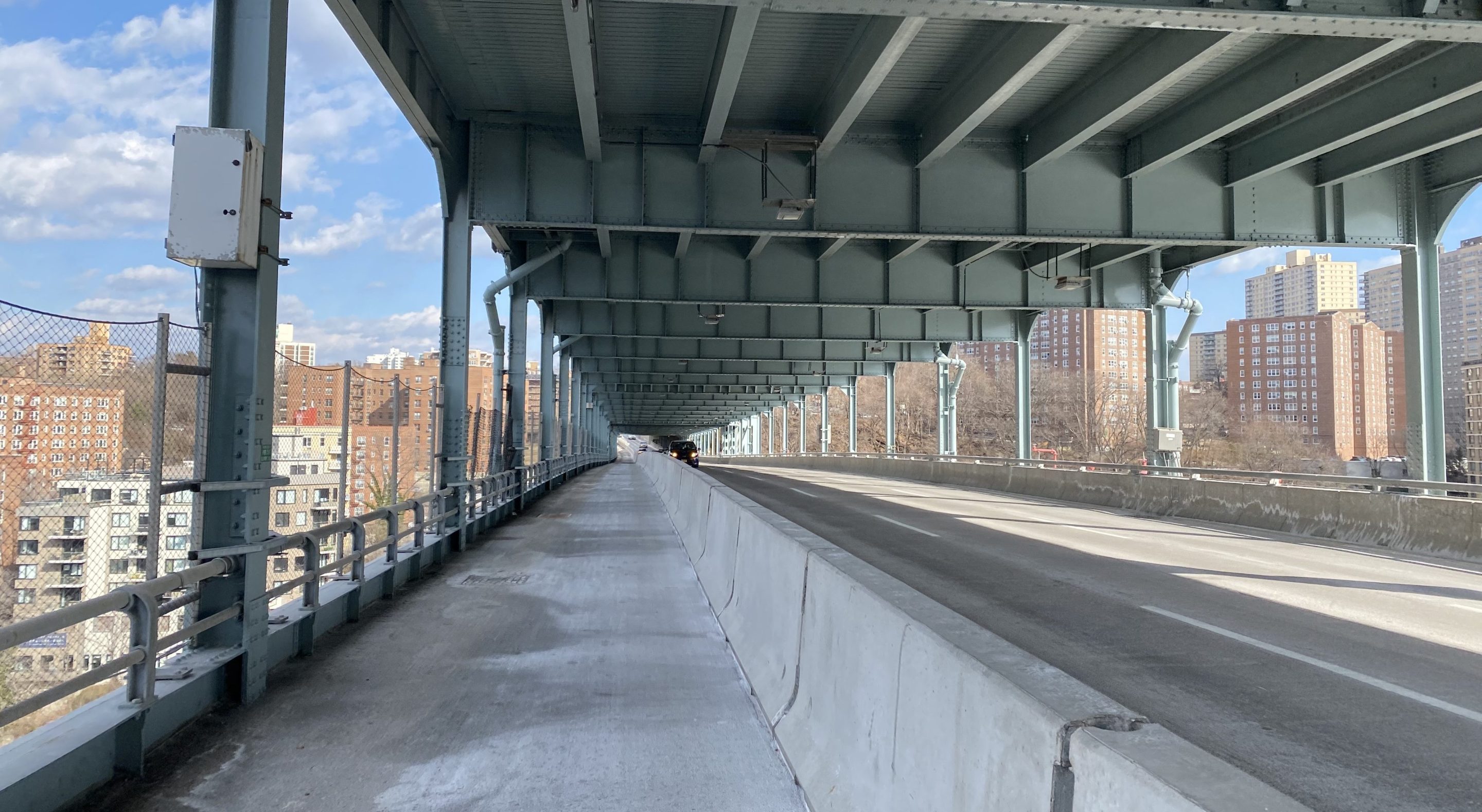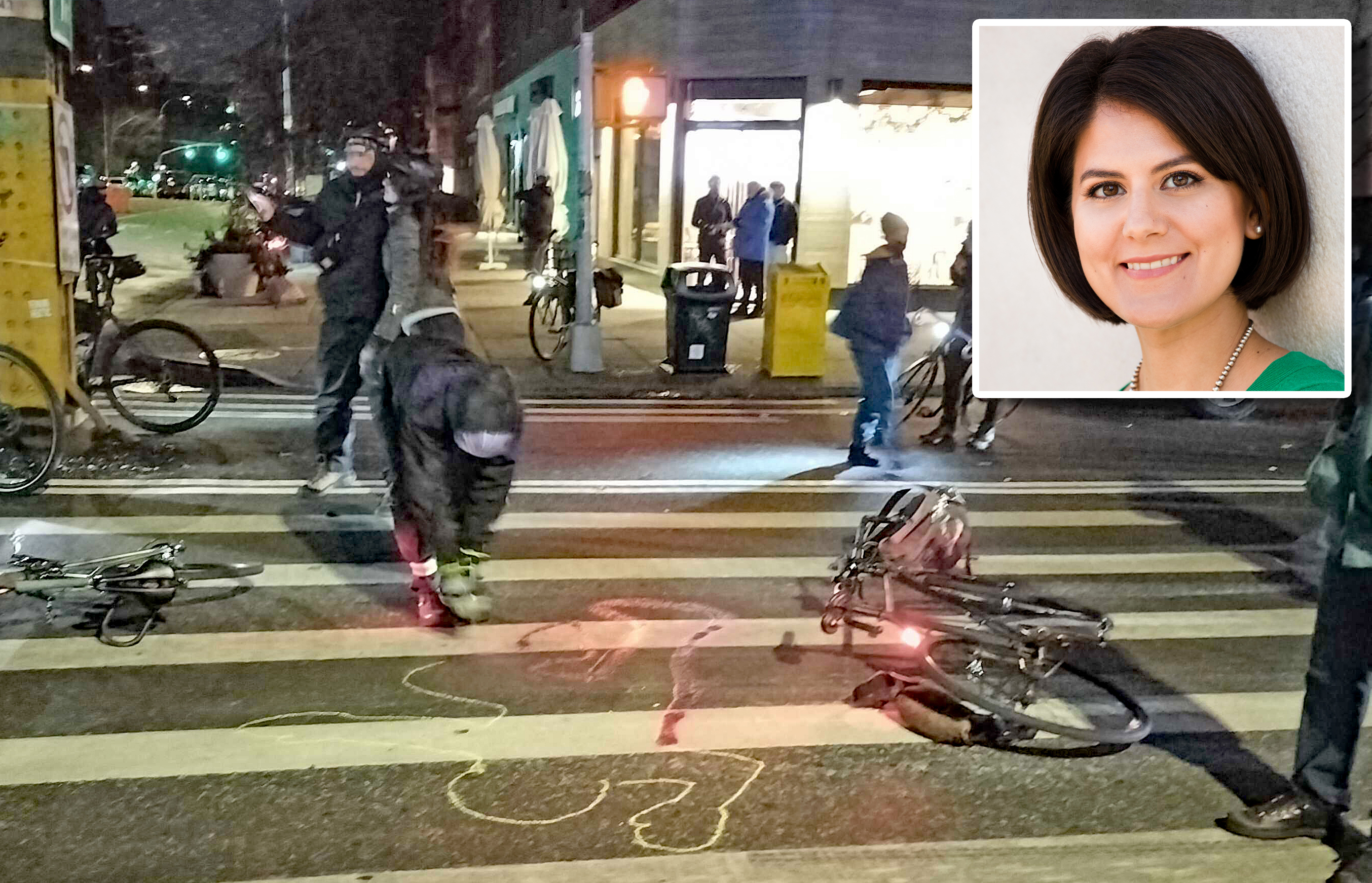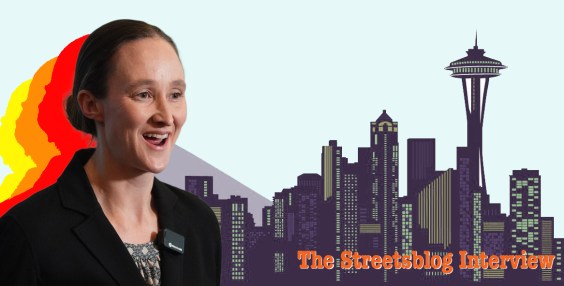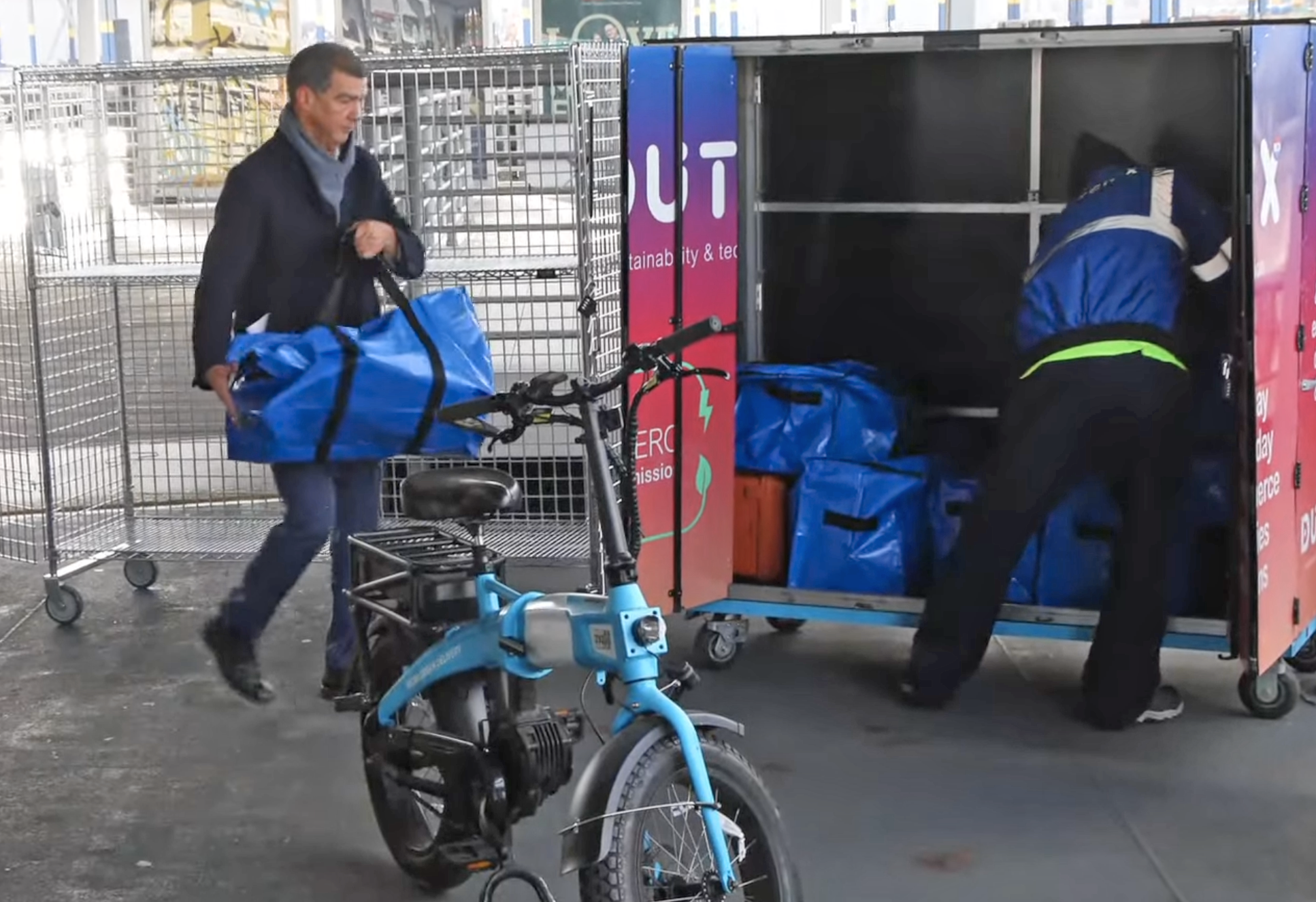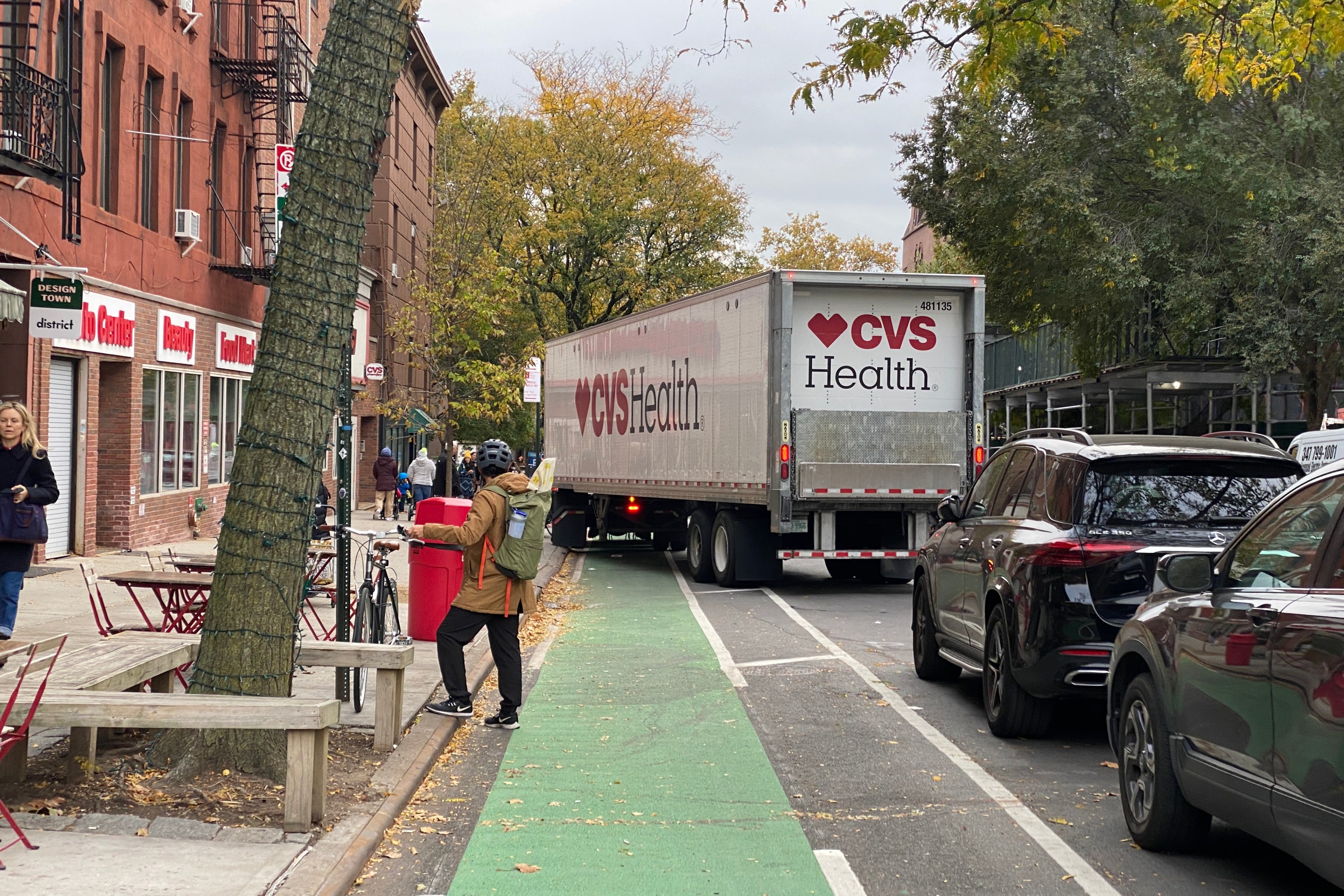The new bike and pedestrian path on the Henry Hudson Bridge is a much-needed upgrade for bike connections between the Bronx and Manhattan, but the lanes are disconnected from any safe infrastructure, making them a de facto call for the city to fill in the gaps.
The path is the result of a $20-million revamp by the MTA over the past year, part of the state agency's plan to improve pedestrian and bike access to three of its spans, including the Cross Bay and the Triboro bridges.

The MTA created new entrances and repurposed a painted roadway shoulder to widen the path, which was formerly restricted to people on foot, though many cyclists already squeezed in as well.
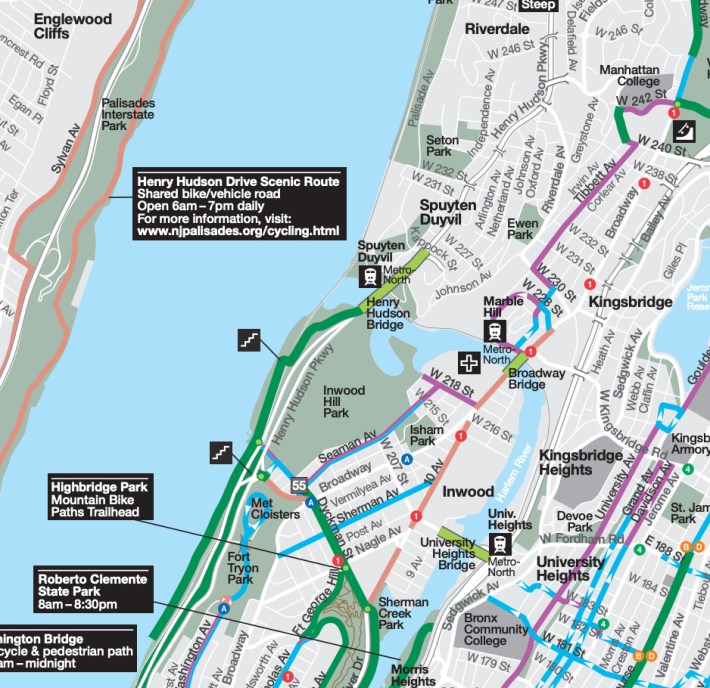
People who get around on a bike lauded the agency's project, but called on officials to make the most of it by expanding it into a coherent network.
"I’m glad that they did it — awesome, yay — but it’s a little bit of a segment to nowhere," said Allegra LeGrande, an Inwood cyclist and Streetsblog contributor.
Streetsblog checked out how well the new piece of infrastructure works and how it slots into the larger area.
Inwood connections
The Henry Hudson Bridge sits at the northern tip of Manhattan's Inwood Hill Park and it connects to Inwood's street grid and the Hudson River Greenway downtown on one end, and to Spuyten Duyvil and Riverdale in the Bronx to the north.
Starting on the Manhattan side, the nearby Hudson River Greenway just reopened late last year, between Dyckman Street and the George Washington Bridge, after the Parks Department patched a recurring sinkhole on the path, which runs along the Henry Hudson Parkway there.

The city also plans to close a four-block gap of new protected bike lanes on Dyckman between the waterfront and Quisqueya Plaza, which will create a continuous safe path from the riverfront greenway to the East Side, city Department of Transportation officials revealed in December.
There's another path along the Hudson River stretching south from Dyckman, but the water-level "Path to Nowhere," as locals call it, frustratingly ends in a cul-de-sac within sight of the George Washington Bridge.
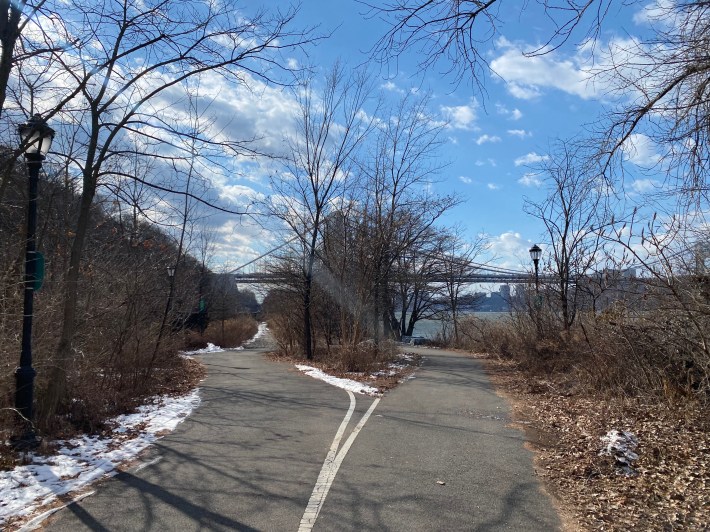
To get to the Henry Hudson Bridge, cyclists must go through Inwood Hill Park.
The most major obstacle is a staircase leading to an overpass crossing above Amtrak tracks, which forces cyclists to dismount and push their bikes up a track alongside the steps.
I was riding a heavy Citi Bike e-bike and it was incredibly difficult to lug it to the top, and I seriously considered turning back.
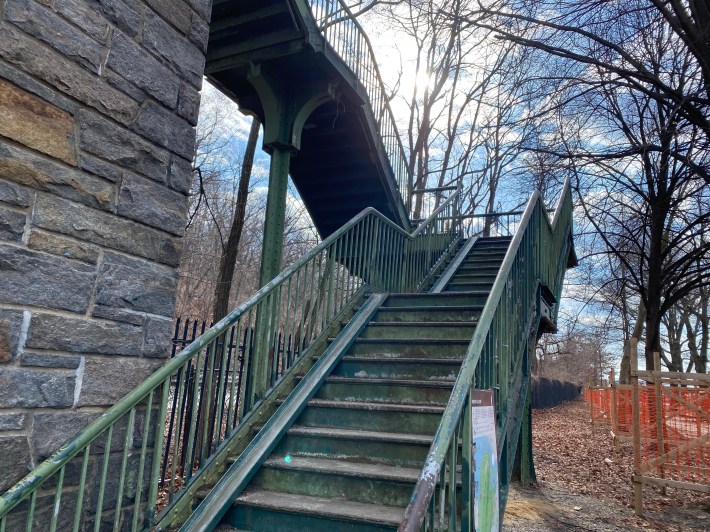
Summoning all my strength, I just about made it to the top, but it's clear these steps are a major barrier to anyone with a heavier bike or who isn't in decent physical shape.
That was the case before the redesign, but officials really should build out a more accessible alternative now.
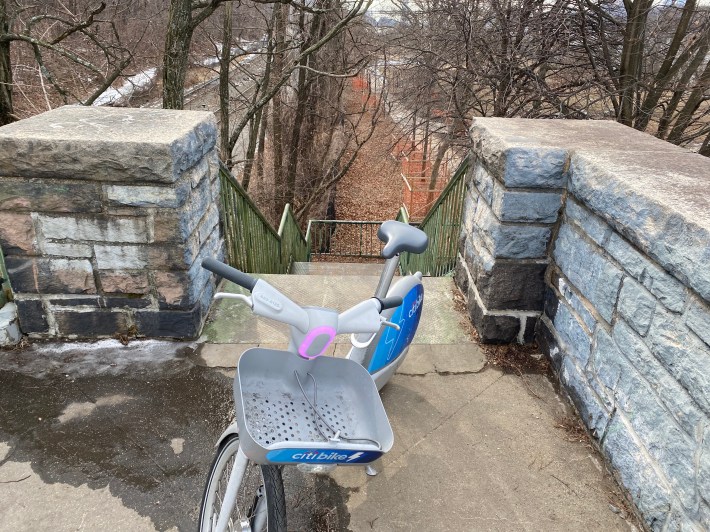
You can also get to the bridge's base by going through Inwood and around the loop along the northern rim of the park, but the path connecting up to the bridge via windy trails was closed on Wednesday.
"You have to be strong enough to carry the bike … or you have to work your way through the neighborhood [and the trail], which is a pretty narrow, pretty eroded shared path, with a pretty steep grade," said LeGrande.
The bridge
I rode on up the hill, and at one fork in the road, there was a lack of signage to show which way I should be going, but I luckily found the bridge entrance eventually.
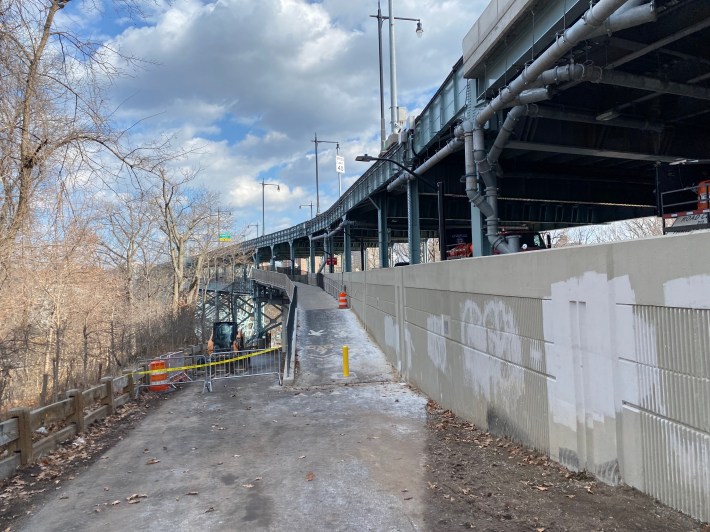
Once I got onto the deck, the ride became a breeze thanks to the large paths that the MTA laid out by repurposing a shoulder lane, and the only question I had was, why didn't the transit agency do this sooner?
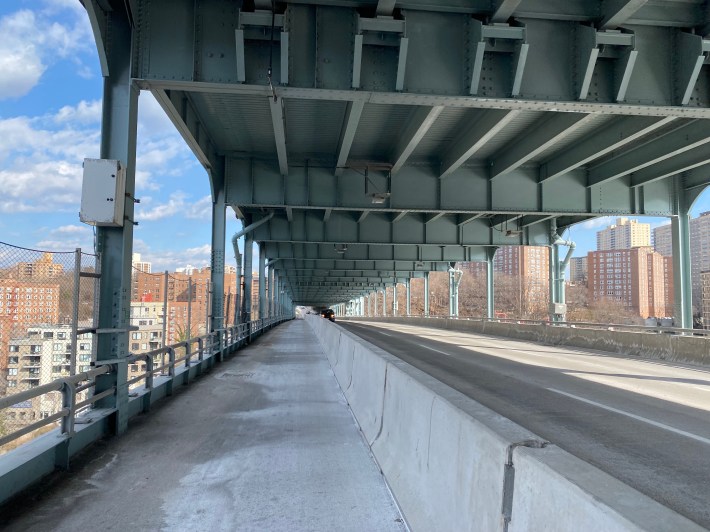
The views of the Spuyten Duyvil Creek and the New Jersey Palisade across the Hudson were also hard to beat.
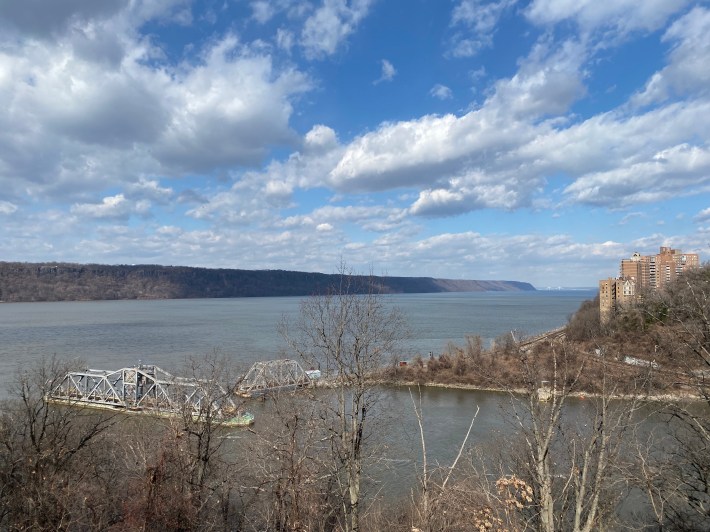
Boogie Down
The path continues over into the Bronx, and once I hit the American mainland, I was met with the sobering sight of the exit, which is a small patch of sidewalk feeding directly into an off-ramp of the Henry Hudson Parkway.
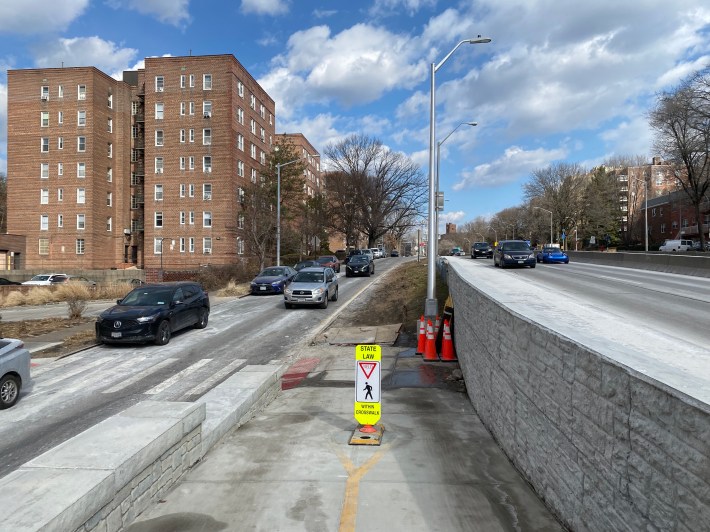
The only way to continue on is on a downhill bend that goes into Spuyten Duyvil, which is so tight that an MTA Express Bus busted through the guardrails just a couple of weeks ago.
The city should calm traffic coming off the highway there, said LeGrande, otherwise cyclists are exposed to dangerous driving behaviors.
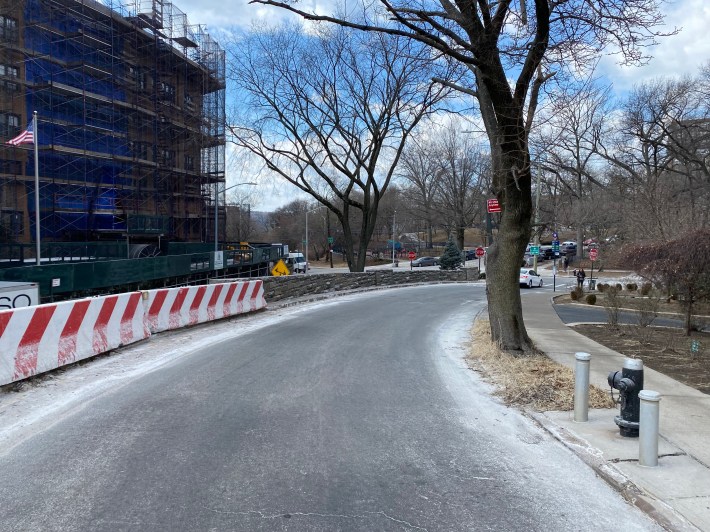
I continued on Independence Avenue and then headed east, since Spuyten Duyvil has no Citi Bike docks, although the bike share operator Lyft recently agreed to expand into the West Bronx neighborhood.
There are zero protected bike lanes here, so I was forced to mingle with traffic that was heading to and from the highway for the rest of my journey, which felt precarious.
In order for this new bridge path to get the most use, the city seriously needs to build out the bike network in this part of the Boogie Down, ideally to the Empire State Trail at nearby Van Cortlandt Park, LeGrande said.
"It would really open cycling up to that community and possibly cycling as a form of transportation to get into New York City in a much more substantive way," she said.
